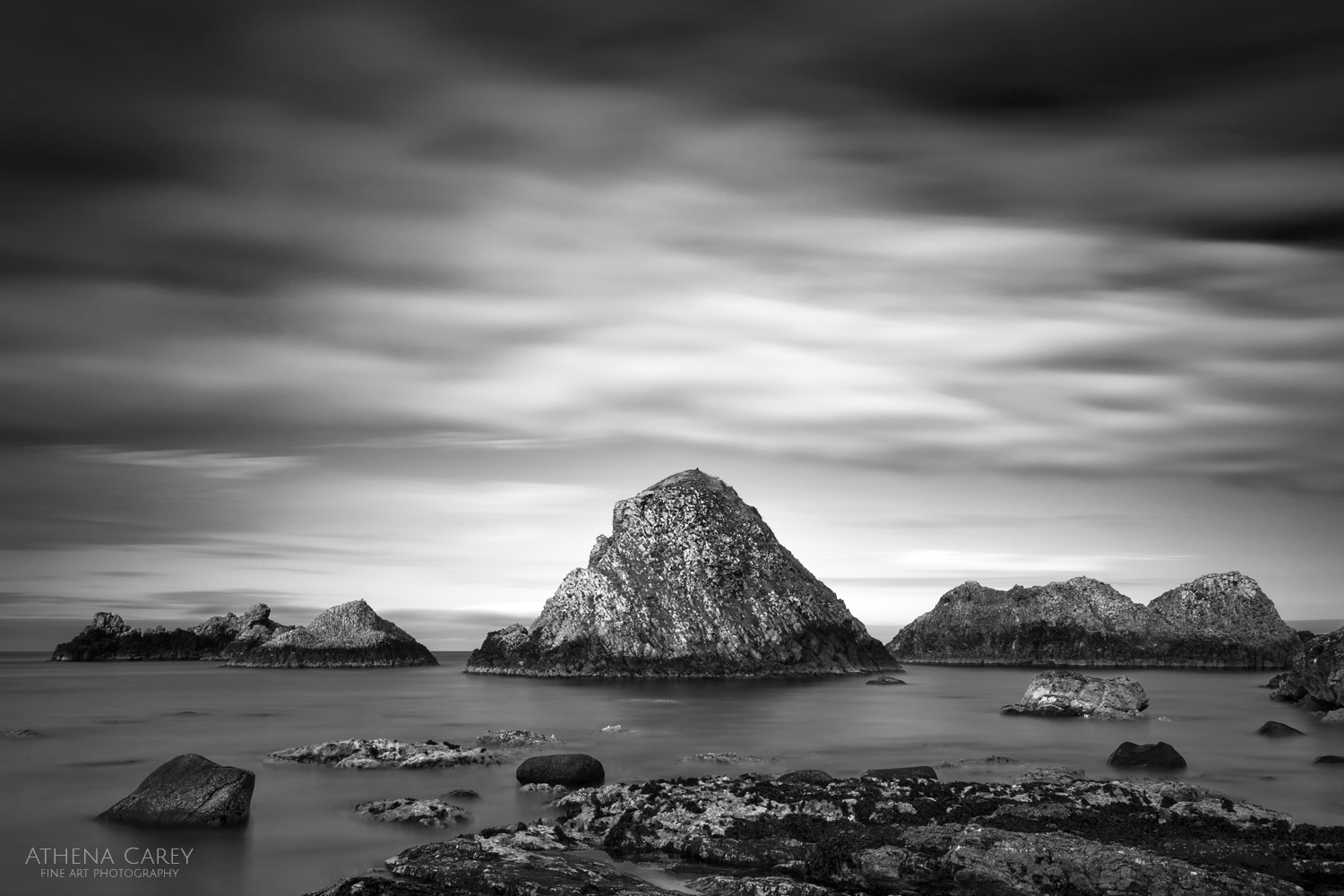
Using Tonal Contrast for Better BW Photography
Value contrast is the differences between light and dark in art. Value contrast can be used to draw the eye to a specific aspect, create stunning effects or the illusion of space, and illustrate a mood. Value contrast is only one of many forms of contrast often used in art for effect.

Contrast Contrast photography, Contrast art, Color harmony
Straight out of the camera image opened in ACR (Adobe Camera Raw) Same file with the contrast slider pushed to +60 to add contrast. Take a look at the histograms between the two images. The first one is a straight out of the camera image. With the one below it, I have pulled the contrast slider to +60.
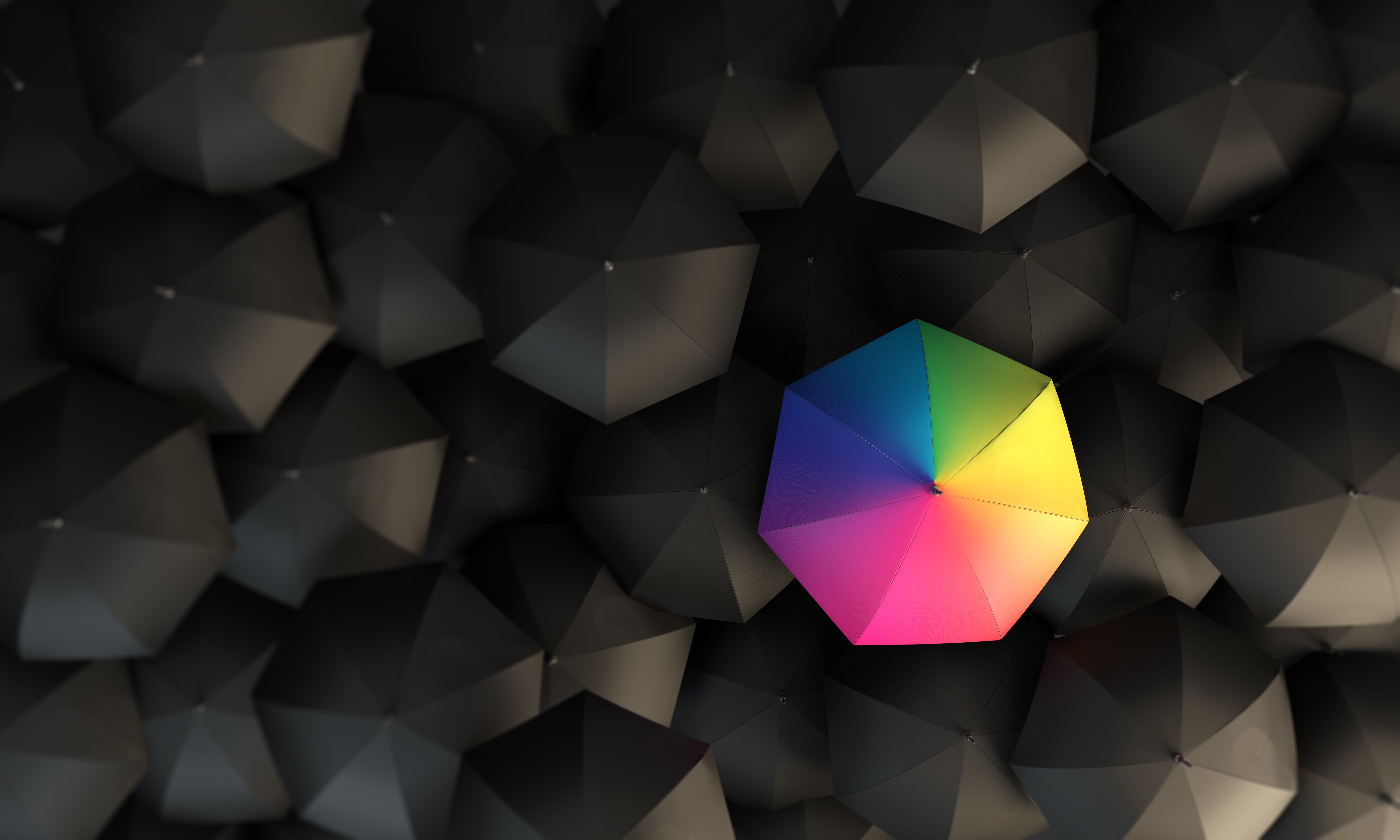
Color Contrast In Photography
Let's Bring Your World to Life. I specialize in mentoring visual artists. Click here to learn more about the Visual Artist Accelerator.

High Contrast Photography The Ultimate Guide [With Examples & Tutorials]
Value in photography describes the range of light in your image. Altering the light in a photo is how you create contrast. Let's explore tonal value and how we can use it to change the feel and look of our photos. eBooks and Courses for Everyone

Contrast in Photography 15 Tips and Examples
What is Value in Photography? 5k Views 28 Min Read Add Comment Value is one of the most commonly misunderstood concepts in photography. What exactly is value, and how does it apply to your photos? In this article, we will discuss what value is and how you can use it to create more impactful images.

MY PHOTO Tonal Values (This photo also has Contrast values) The
Contrast is the visual property that describes the difference between a color and its surroundings. For example, the yellow of the sunflower contrasts with the green of the leaves, making it stand out. Because contrast is about differences, there are many types of contrast in photography. Here are some of them:

Jake Klonsky Photography Examples of Balance and Contrast
The contrast of an image decreases with the number of tonal variations. A low-contrast image can also be produced by combining shades of comparable value. Fewer tonal values are present in high contrast photographs, which contrast with stronger hues like black and white. The value determines how texture and light look in works of art.

Understanding Contrast in Photography
You can use color value to create emphasis and contrast in your images. For example, if you want to make high-contrast images to appear closer to the viewer, you would use a lighter color value for that object. Conversely, if you want to make an object appear further away from the viewer, you would use a darker color value for that object.
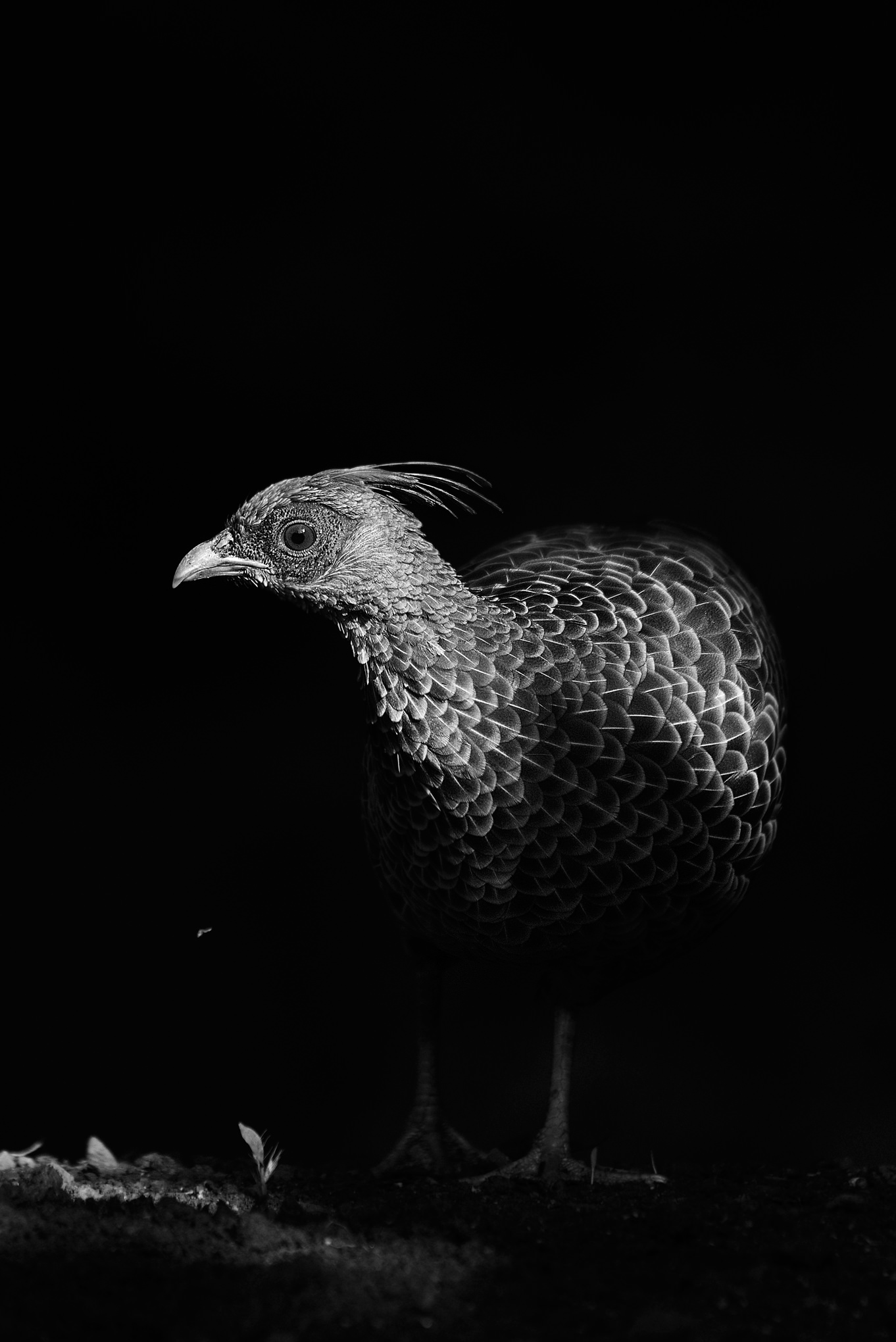
Understanding Contrast in Photography
Value is a tool used in photography to provide visual appeal and contrast to a photo. An object can be made to appear lighter or darker, closer or farther away from the spectator, or both. Value is a crucial component of composition and can aid in establishing harmony and balance in a photo.

Understanding Tonal Values and the Importance of Contrast
Photography can be defined as drawing with light. Photographers often capture high-contrast colors to emphasize parts of an image, and low contrast colors to add dimension, foreground and background.
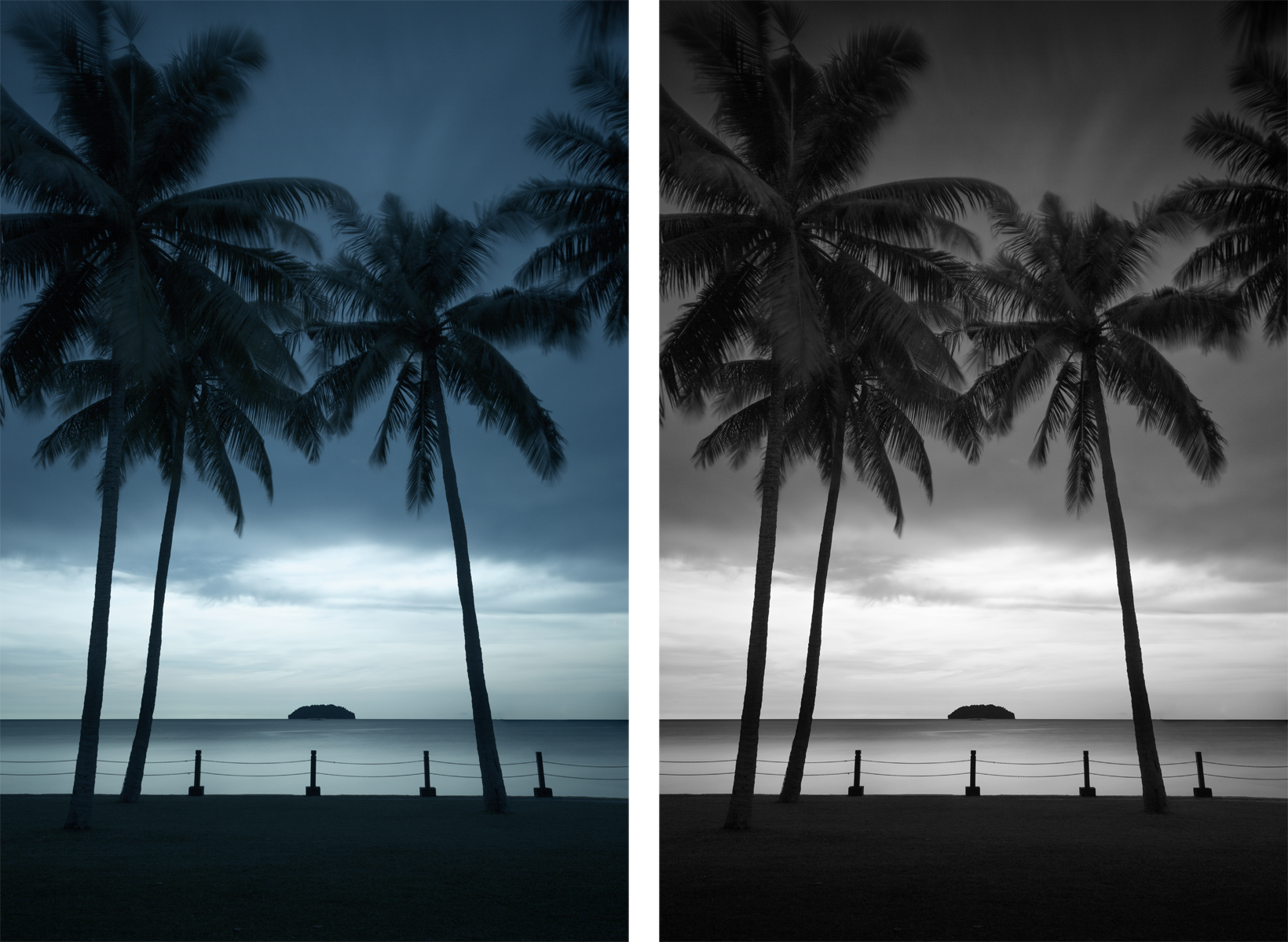
Using Tonal Contrast for Better BW Photography
What is high contrast photography? High-contrast photography showcases tonal contrast, or how dark and light elements in an image interact to draw the eye. Like in feng shui, high-contrast shots need all the elements to be in balance and harmony.
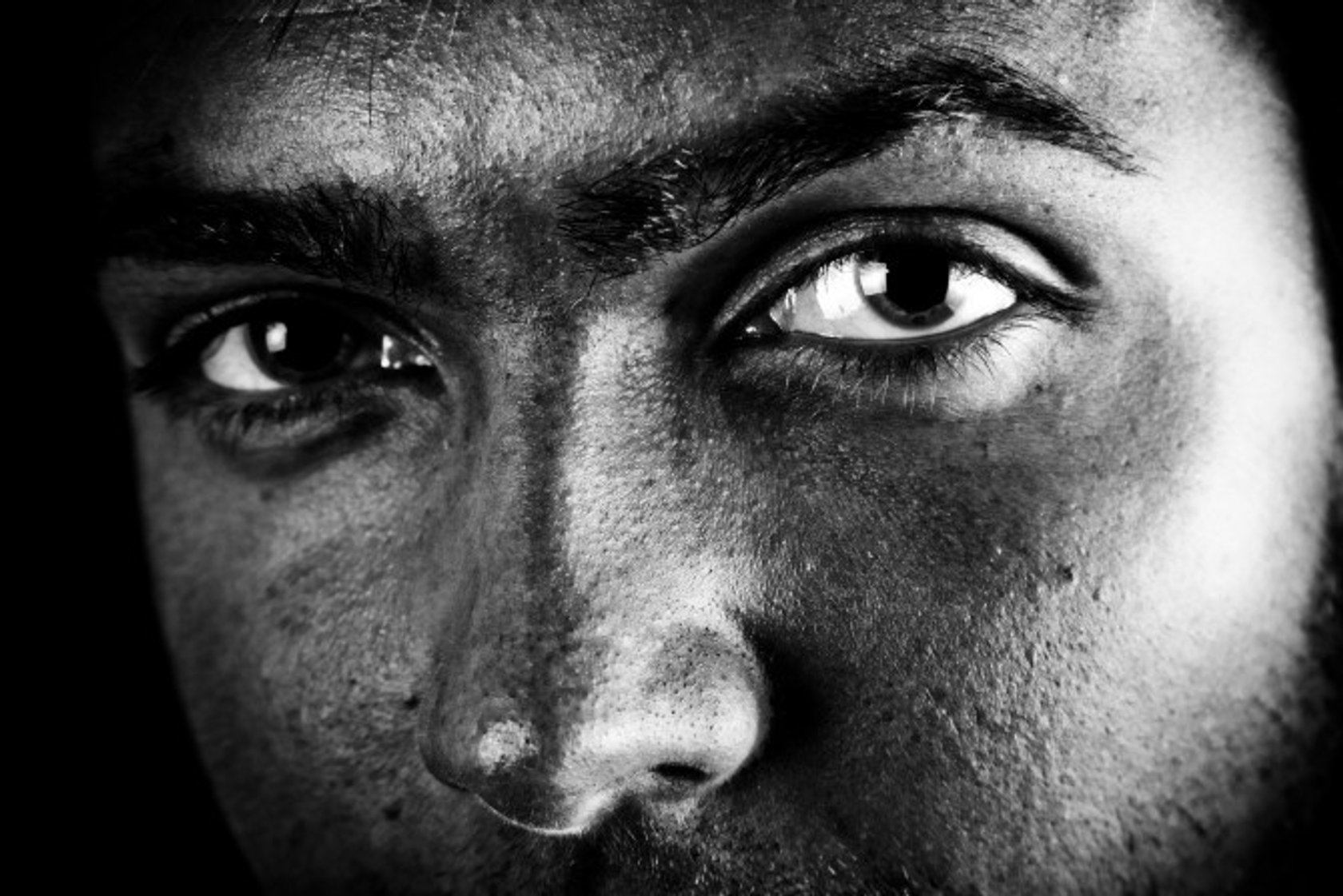
Understanding Contrast in Photography Skylum Blog
Value contrast is the difference between these light and dark values. The further apart the values are on the scale the more value contrast. Values next to each other have the least value contrast.
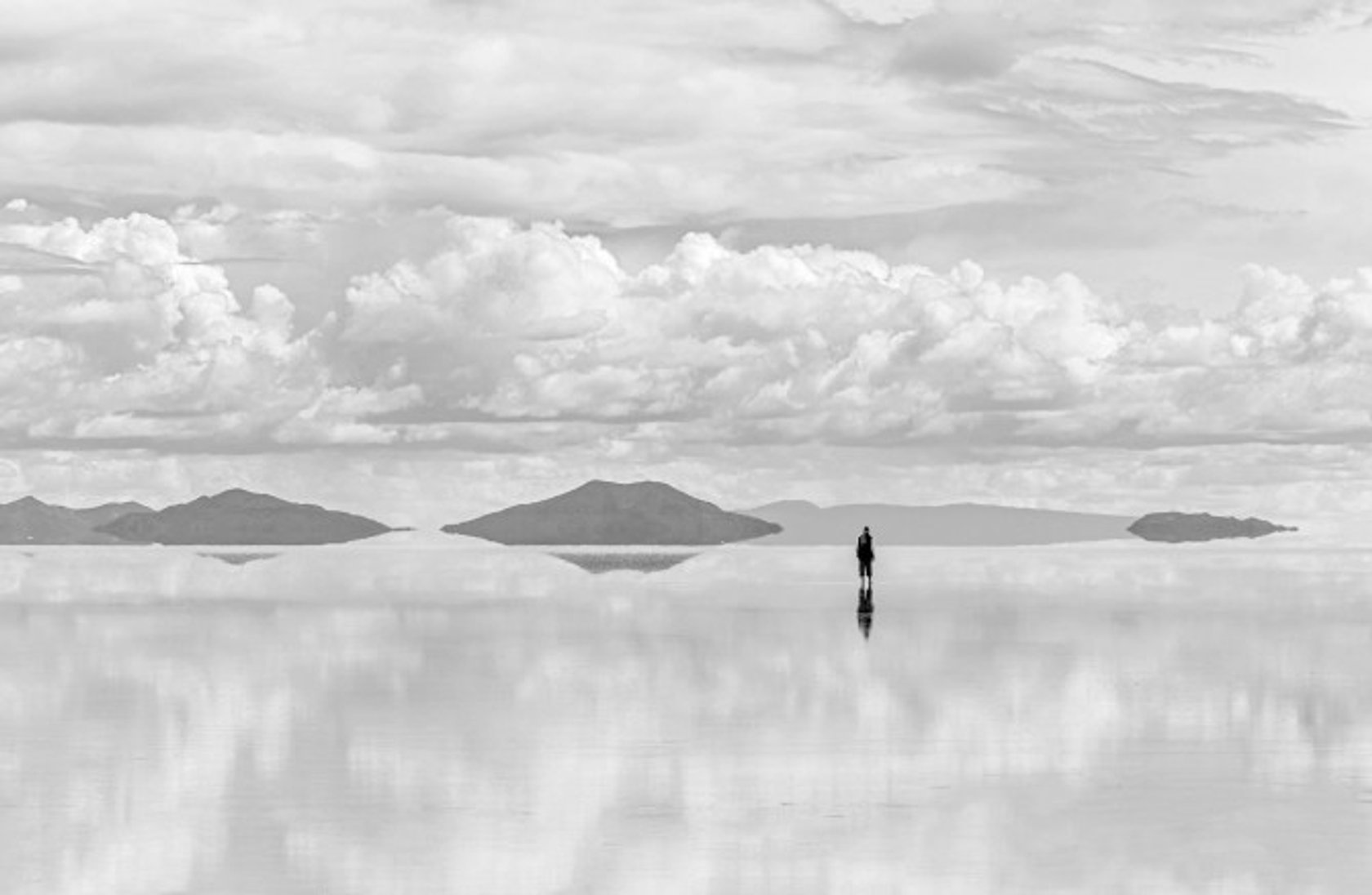
Understanding Contrast in Photography Skylum Blog
Ultimately, using contrast is a method to tell a story. You can help your subject stand out with color, tone, texture or concept. Using contrast allows your viewer to engage with their imagination. Differences naturally engage us, so including contrast in your photos gives you a leg up in the fight for attention.
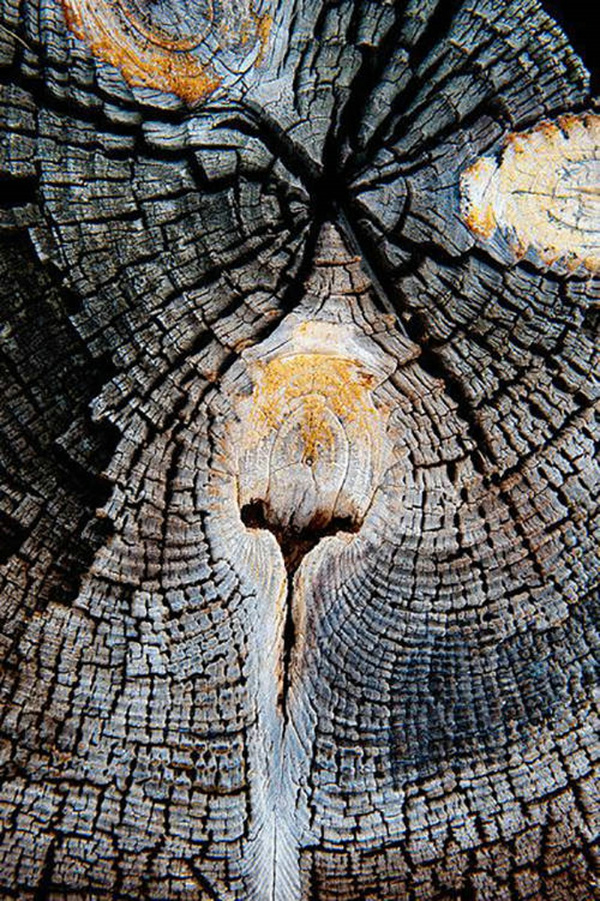
Contrast in Photography 15 Tips and Examples
Value in photography refers to the range of light and dark tones present in an image. It is a crucial element that can make or break a photograph, as it adds depth, dimensionality, and contrast to an otherwise flat image. Value can be used to direct the viewer's attention towards certain parts of the image or highlight specific details.
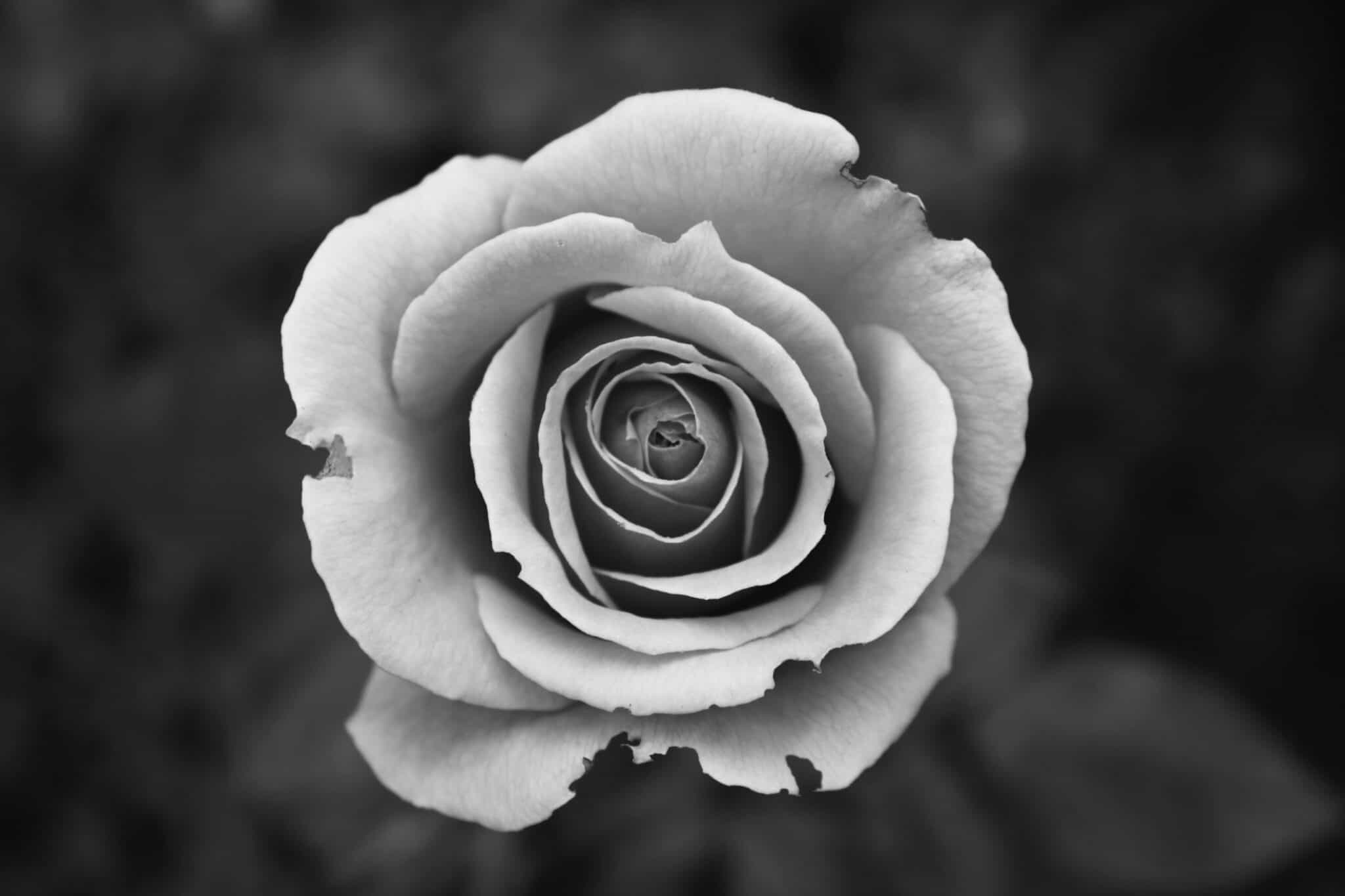
Exploring Contrast in Photography What It Means and How to Use It
Follow these steps to quickly reduce or increase contrast in your photo: Open the Photos app and choose a photo to edit. Tap Edit. Scroll through the tools and tap the Contrast tool, which looks like a circle divided in half with black on one side and light on the other.
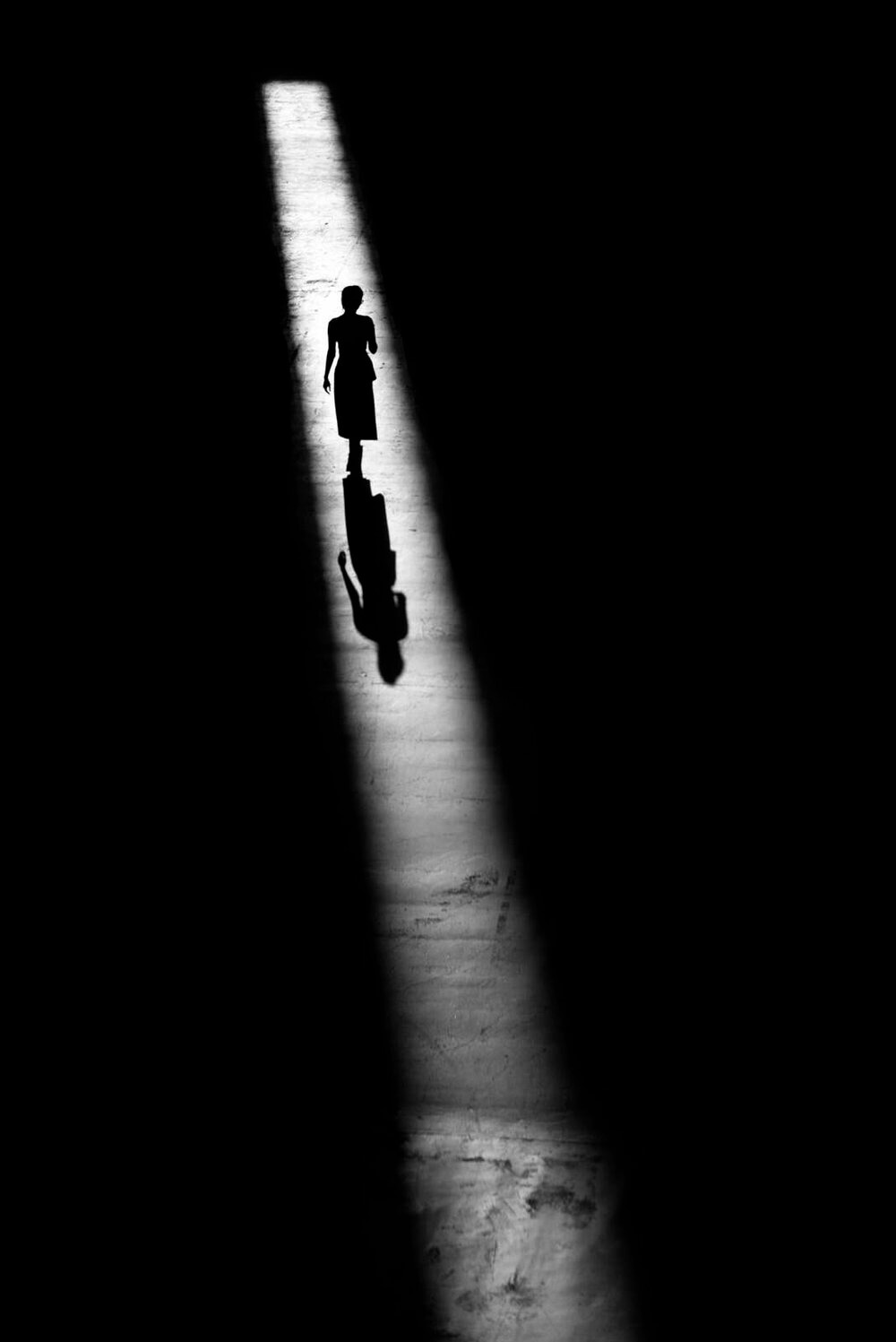
Contrast Photography — How to Master High Contrast Images
What Is Contrast in Photography? The term contrast relates to one thing being strikingly different from something else that's in close association. In photography, we use that definition to identify the difference between critical elements in a composition. In the early days of photography, there wasn't a lot of detail, nor even colour.